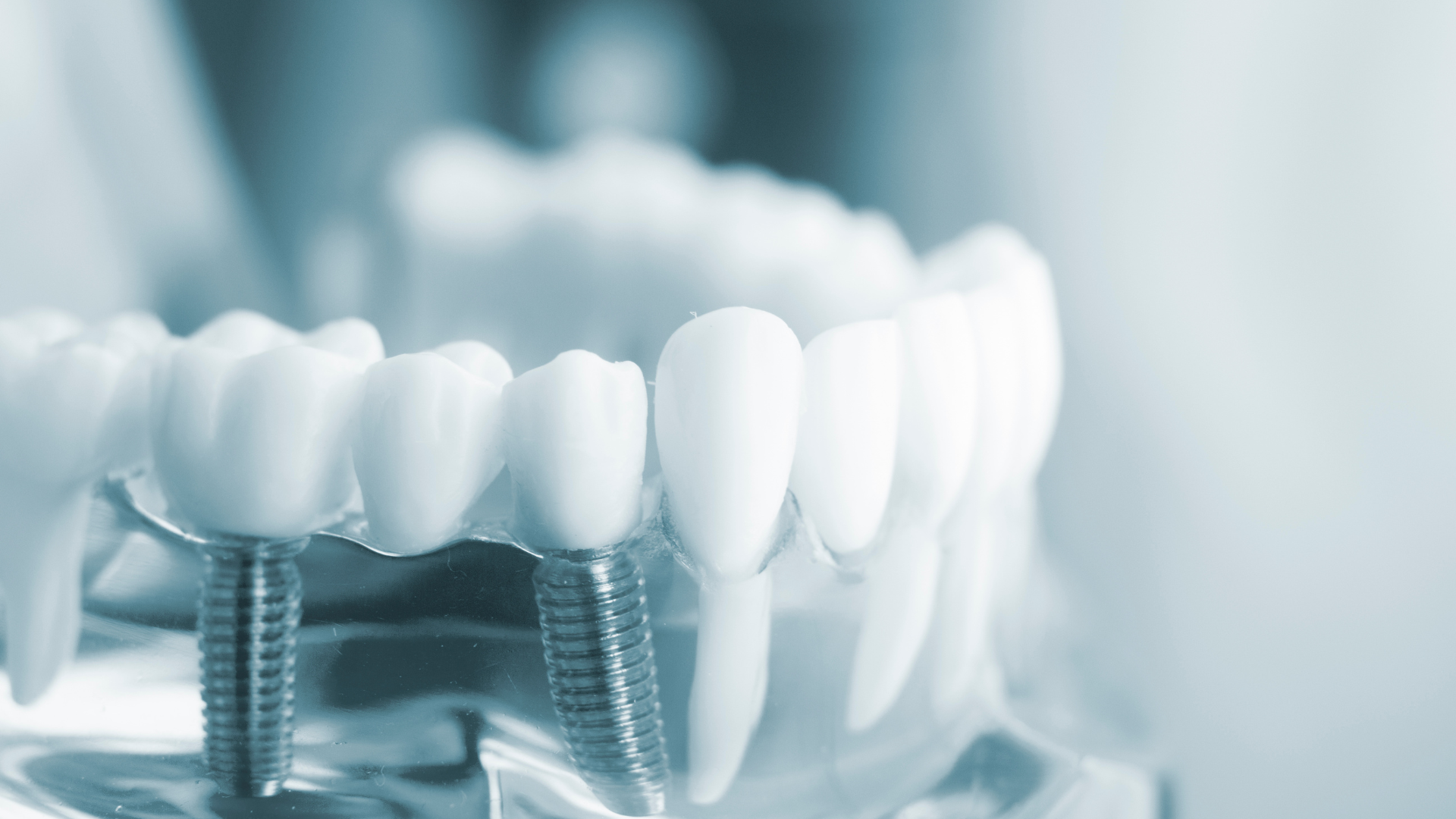✉️ info@dentaloasisofoc.com ☎ (714) 894 - 7700
The Technical Options for X-rays and Dental Scans
Visualizing Dental Health: The Technical Options for X-rays and Dental Scans
In the realm of modern dentistry, X-rays and dental scans stand as vital instruments that empower dental professionals to peer beneath the surface, revealing the intricate details of your oral structures. These advanced imaging techniques are essential in diagnosing dental issues, planning treatments, and ensuring your dental health is in safe hands.
Digital X-rays
Digital X-rays represent a revolutionary upgrade from traditional film-based X-rays. With significantly reduced radiation exposure, digital X-rays produce high-resolution images that can be instantly viewed on a computer screen. These X-rays are used for identifying cavities, detecting bone loss, assessing tooth roots, and planning for various dental procedures.
Cone Beam Computed Tomography (CBCT)
CBCT is a specialized imaging technique that provides three-dimensional views of your dental structures, including the teeth, jawbone, and surrounding tissues. It is particularly useful in dental implant planning, orthodontic assessment, and diagnosing complex dental issues like impacted teeth or facial trauma.
Intraoral Scanning
Intraoral scanning utilizes a handheld wand-like device to capture detailed 3D images of your teeth and oral tissues. This technology replaces traditional dental impressions and is commonly used for creating digital models for orthodontic treatments, crowns, and dental restorations.
Panoramic X-rays
Panoramic X-rays offer a broad view of your entire mouth, capturing images of your upper and lower jaws, teeth, sinuses, and temporomandibular joints (TMJ). These X-rays are valuable in assessing wisdom teeth, jaw abnormalities, and overall dental health.
Periapical X-rays
Periapical X-rays focus on capturing detailed images of a specific tooth and its supporting structures, providing a close-up view of the tooth's root and surrounding bone. These X-rays are particularly useful in diagnosing dental abscesses, root canal issues, and localized dental problems.
Occlusal X-rays
Occlusal X-rays display a comprehensive view of the upper and lower arches of your teeth, allowing dentists to identify large-scale dental issues, such as extra teeth, jaw fractures, or developmental abnormalities.
The application of X-rays and dental scans varies based on individual dental needs, and your dentist will determine which imaging technique is most appropriate for your specific case. Regardless of the method used, these cutting-edge technologies play a crucial role in delivering accurate diagnoses and ensuring precise treatment planning.
Conclusion
X-rays and dental scans form the cornerstone of diagnostic excellence in modern dentistry. Through a comprehensive array of technical options, these advanced imaging techniques provide dental professionals with an unparalleled view of your oral health, enabling them to craft personalized treatment plans and safeguard your dental well-being. Embrace the power of visualizing dental health with X-rays and dental scans, and trust your dental team to employ these cutting-edge technologies in your journey towards a lifetime of radiant smiles and optimal oral health.
Hours
Mon - Thurs: 8am - 5pm
Friday: Closed
Saturday: Closed
Sunday: Closed
Contact Us
Quick Links
© All Rights Reserved | Dental Oasis Of Orange Country | Privacy Policy





